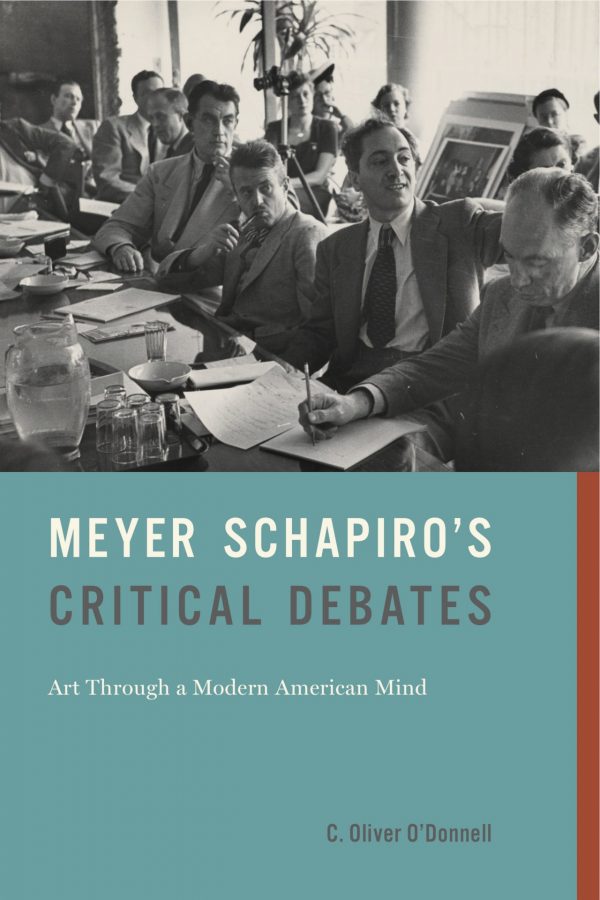


He grew up in Berlin, receiving his Abitur in 1910 at the Joachimsthalsches Gymnasium. Panofsky was born in Hannover to a wealthy Jewish Silesian mining family. Panofsky's ideas were also highly influential in intellectual history in general, particularly in his use of historical ideas to interpret artworks and vice versa. Many of his works are still in print, including Studies in Iconology: Humanist Themes in the Art of the Renaissance (1939), Meaning in the Visual Arts (1955), and his 1943 study The Life and Art of Albrecht Dürer. Panofsky's work represents a high point in the modern academic study of iconography, which he used in hugely influential works like his 'little book' Renaissance and Renascences in Western Art and his masterpiece, Early Netherlandish Painting. There's no description for this book yet.Įrwin Panofsky (Main Hannover – Main Princeton, New Jersey) was a German-Jewish art historian, whose academic career was pursued mostly in the U.S. Art, Gothic Architecture, Scholasticism, In library, Protected DAISY. Gothic architecture and scholasticism by Erwin Panofsky. Gothic architecture and scholasticism by Erwin Panofsky, 1957.

Add tags for 'Gothic architecture and scholasticism'. Search for Library Items Search for Lists Search for. 1 A second presentation, under the title “Gothic Architecture and Scholasticism,” took place on December 8th, 1948, at Saint Vincent College, Latrobe, Pennsylvania, as one of the annual Wimmer. Panofsky’s lecture, originally entitled “Gothic and Scholasticism,” was first given on December 6th, 1944, at Vassar College, New York. Most Gothic architects trained in the same area within one hundred miles of Paris and therefore were trained in similar ways and had run-ins with the scholastic thinkers who also thrived in this area.

Author attempts to show connection between High Gothic architecture and High Scholasticism. Gothic Architecture and Scholasticism: An Inquiry into the Analogy of the Arts, Philosophy, and Religion in the Middle Ages Erwin Panofsky.


 0 kommentar(er)
0 kommentar(er)
